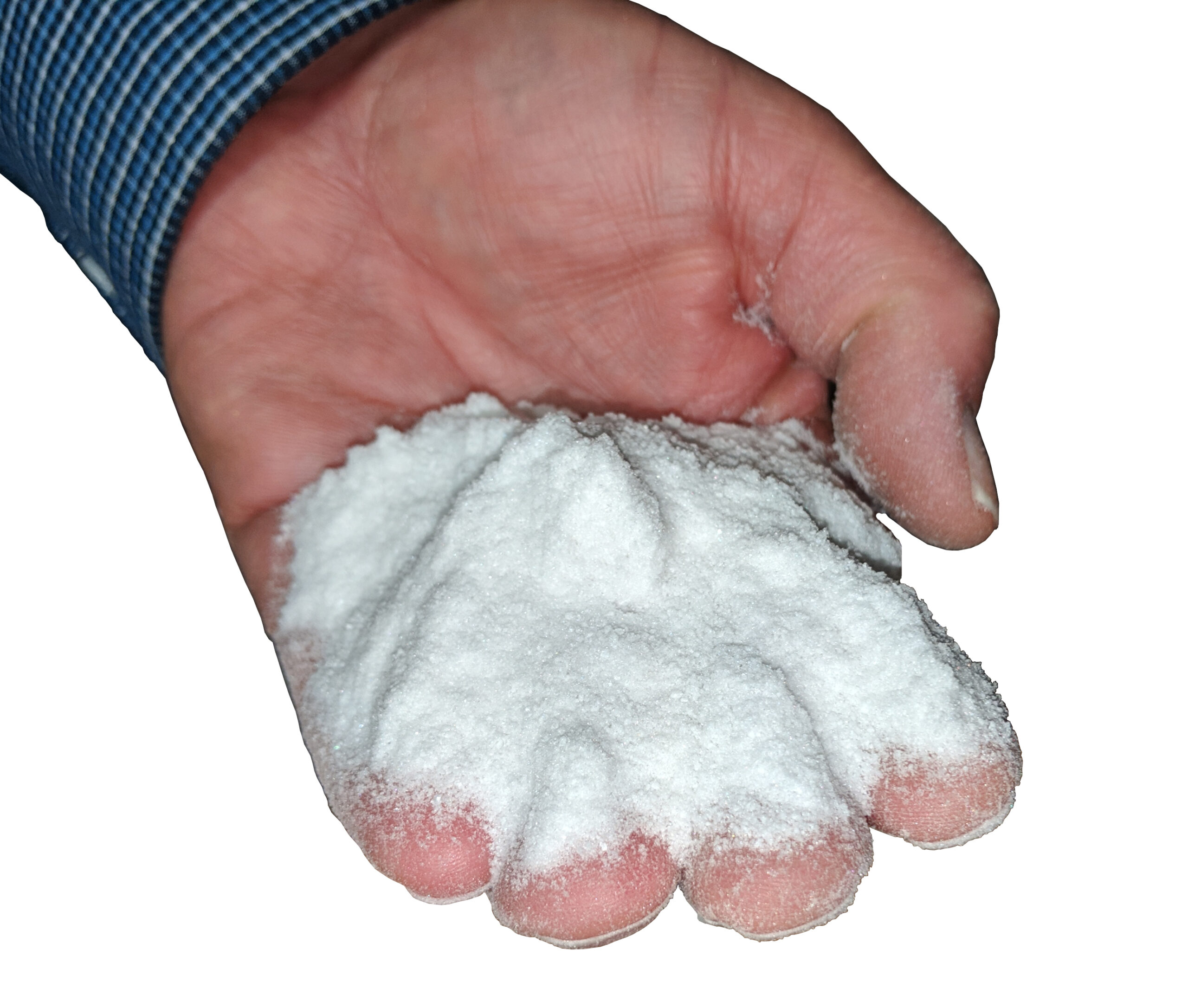Unlocking the Advantages of Diatomaceous Earth Filtering System for Pure and Tidy Water
The exploration of diatomaceous planet (DE) filtering provides an engaging choice for those looking for efficient and lasting water filtration approaches. As the need for tidy water continues to increase globally, comprehending the multifaceted applications and benefits of DE filters might expose vital understandings for both family and industrial usage.
What Is Diatomaceous Earth?
Diatomaceous earth, typically referred to as DE, is a naturally happening stratified rock made up primarily of the fossilized remains of small, aquatic organisms called diatoms. These single-celled algae are abundant in silica, which is the primary element of DE. The one-of-a-kind structure of diatomaceous earth includes tiny, porous bits that supply a high surface location, making it a reliable filtering tool.
DE is typically gathered from old lake beds and down payments, which have built up over hundreds of years. It appears as a penalty, white to beige powder, and its chemical structure mainly includes silicon dioxide, in addition to trace quantities of numerous minerals. This composition is what provides DE its remarkable residential or commercial properties.
In addition to its application in water purification, diatomaceous earth is used in a variety of sectors, including farming, food storage, and pest control. Its capability to soak up dampness and its unpleasant high qualities make it a useful resource in these fields. Overall, diatomaceous planet stands apart as an environmentally pleasant alternative for numerous applications as a result of its natural beginning and effectiveness in filtering procedures.

Exactly How Diatomaceous Earth Filtering Works

When water goes through a diatomaceous planet filter, the fine fragments are caught in the intricate network of small pores. The size and form of these pores are important, as they are made to target specific pollutants while allowing tidy water to stream with. As water actions through the filter tool, the mechanical action of the diatomaceous earth captures larger fragments, while smaller impurities are absorbed or literally blocked.
Furthermore, the area provided by diatomaceous planet is comprehensive, boosting its capacity to hold contaminations. This causes a gradual build-up of trapped bits, which can be periodically gotten rid of through a backwashing process. This method makes certain regular filtration efficiency and adds to the overall effectiveness of keeping pure and tidy water.
Benefits Over Conventional Purification
When contrasting diatomaceous earth filtering system to conventional filtration methods, numerous benefits arise that improve water filtration performance. Among the key benefits is the premium filtration capacity of diatomaceous earth (DE), which can eliminate smaller sized fragments and pollutants that standard filters may miss. The tiny structure of DE allows it to catch contaminants, consisting of microorganisms and protozoa, leading to cleaner water.
Additionally, diatomaceous planet filters tend to have a much longer life expectancy than conventional media, lowering the regularity of substitute and maintenance. This longevity not only lowers operational costs however likewise lessens waste, adding to more sustainable methods. DE filters also operate at reduced stress, which can cause power cost savings in large applications.
One more substantial benefit is the adaptability of diatomaceous earth. It can be made use of effectively in numerous contexts, from local water treatment centers more tips here to specialized industrial applications (diatomaceous earth filtering). The natural structure of DE makes it a green choice, free from damaging chemicals and pollutants typically connected with artificial purification systems
Applications in House and Industry
Various applications of diatomaceous planet filtering system can be found in both household and commercial settings, highlighting its convenience and effectiveness in water purification. In residential settings, diatomaceous planet (DE) filters are frequently utilized in pool, effectively recording debris and microbes, consequently preserving water clarity and hygiene. In addition, lots of houses make use of DE in home water filtering systems, where it offers to remove impurities, debris, and dangerous pathogens, ensuring secure alcohol consumption water.
In commercial applications, diatomaceous earth filtering is integral to numerous markets, consisting of food and beverage manufacturing, drugs, and wastewater therapy. In the food sector, DE is utilized in the filtering of beer and white wine, helping with the removal of yeast and other particulates while maintaining the drink's taste profile. In wastewater therapy facilities, DE filters play an important role in enhancing water high quality by capturing pollutants and promoting the recycling of water resources.
The effectiveness of diatomaceous earth in both family and industrial applications top article underscores its very useful duty in advertising clean water gain access to, adding to public wellness, and supporting lasting methods.

Picking the Right DE Filter
Selecting the appropriate diatomaceous earth (DE) filter is important for making certain ideal water filtration, whether for residential or industrial usage. diatomaceous earth filtering. The choice of a DE filter depends on several critical aspects, consisting of the certain application, flow rate needs, and the wanted degree of filtering
First, assess the volume of water to be filtered. For residential use, smaller filters are enough, while industrial applications may demand bigger, high-capacity systems. Next, take into consideration the circulation price; it is essential to pick a filter that can take care of the required throughput without jeopardizing water quality.
Additionally, review the purification level; DE filters can be found in various grades, affecting the removal of particulates and pollutants. Higher-grade filters are optimal for applications needing strict purity levels.
Last but not least, consider the maintenance demands and the accessibility of replacement DE powder. Filters that are easier to keep and have easily available materials will decrease downtime and operational expenses. By meticulously thinking about these elements, one can choose a DE filter that fulfills details needs, guaranteeing the distribution of risk-free and tidy water.
Verdict
In summary, diatomaceous planet filtering system represents a considerable development in water purification modern technology, offering enhanced effectiveness and efficiency in capturing contaminations. Embracing diatomaceous planet filtering system can lead to improved public wellness end results and greater access to clean water.
The expedition of diatomaceous planet (DE) filtering system offers a compelling choice for those looking for lasting and efficient water purification approaches.When contrasting diatomaceous earth filtering system to typical filtration methods, numerous advantages emerge that improve water filtration efficiency.Many applications of diatomaceous planet filtering system can be found in both home and industrial setups, highlighting its versatility and performance in water filtration. In property environments, diatomaceous earth (DE) filters are frequently employed in swimming pools, efficiently catching particles and bacteria, thereby maintaining water quality and hygiene. In wastewater therapy facilities, visit our website DE filters play an important duty in enhancing water top quality by trapping contaminants and assisting in the recycling of water resources.
 Katie Holmes Then & Now!
Katie Holmes Then & Now! Suri Cruise Then & Now!
Suri Cruise Then & Now! Batista Then & Now!
Batista Then & Now! Brooke Shields Then & Now!
Brooke Shields Then & Now! Terry Farrell Then & Now!
Terry Farrell Then & Now!